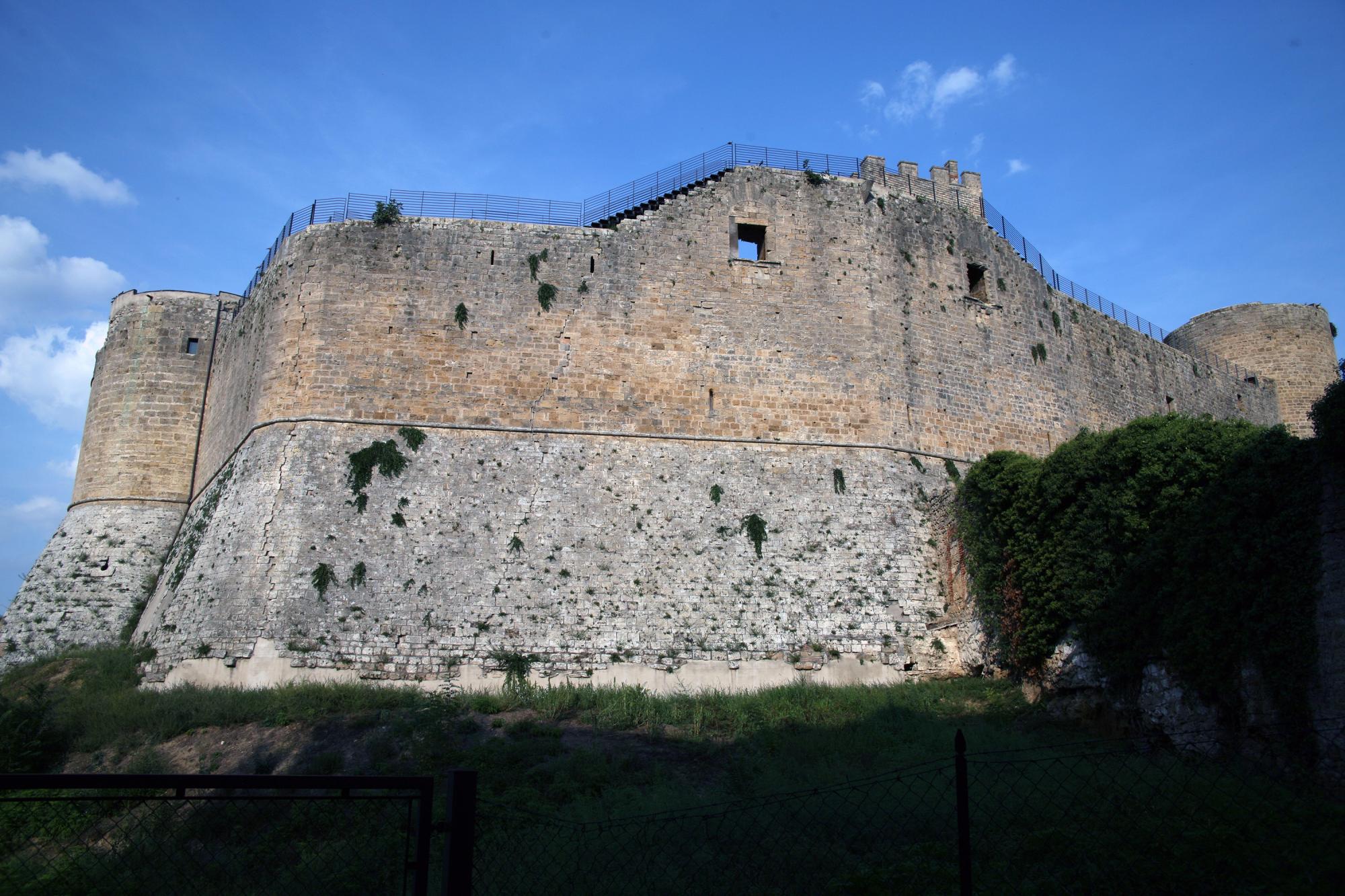

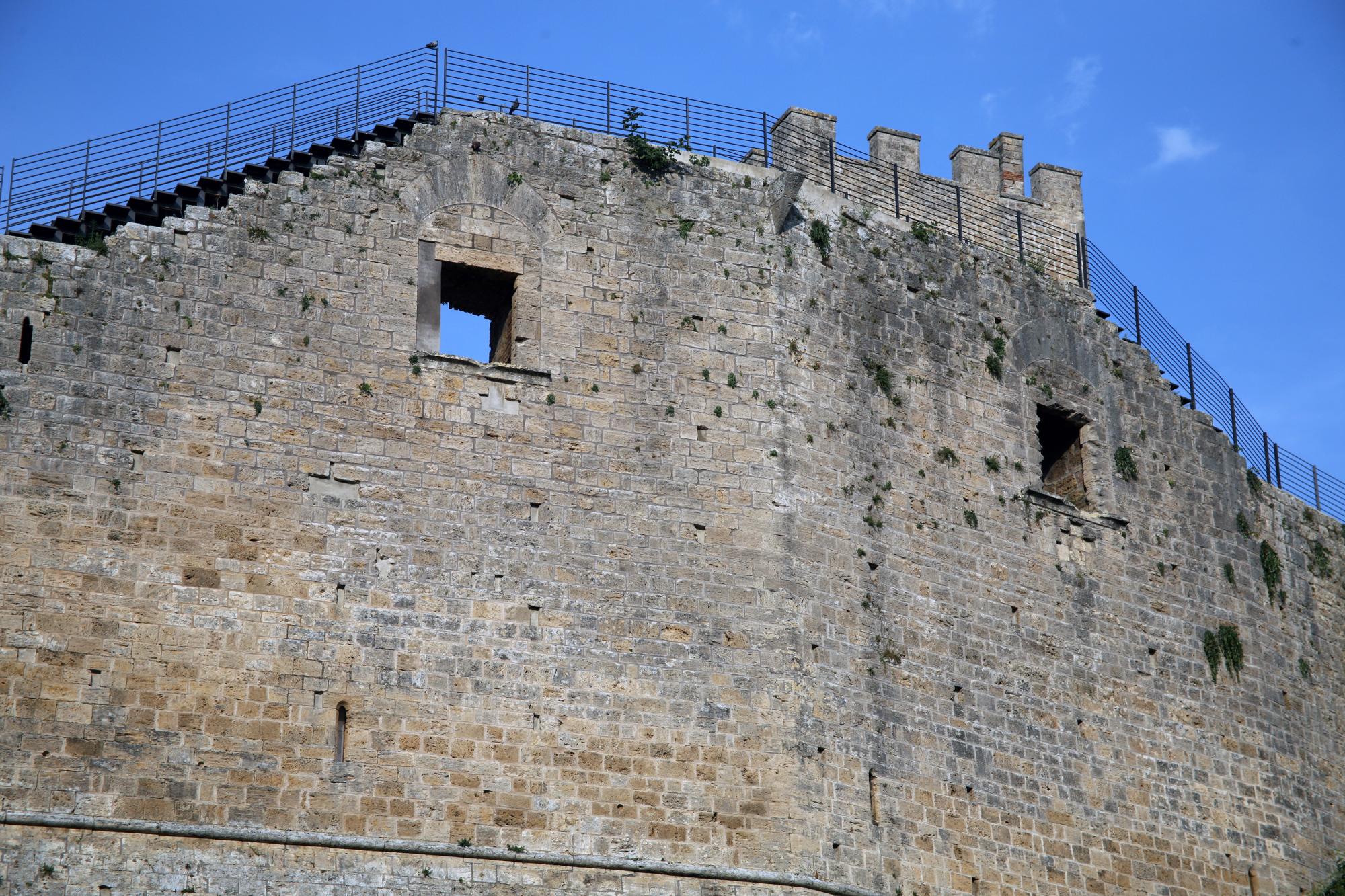
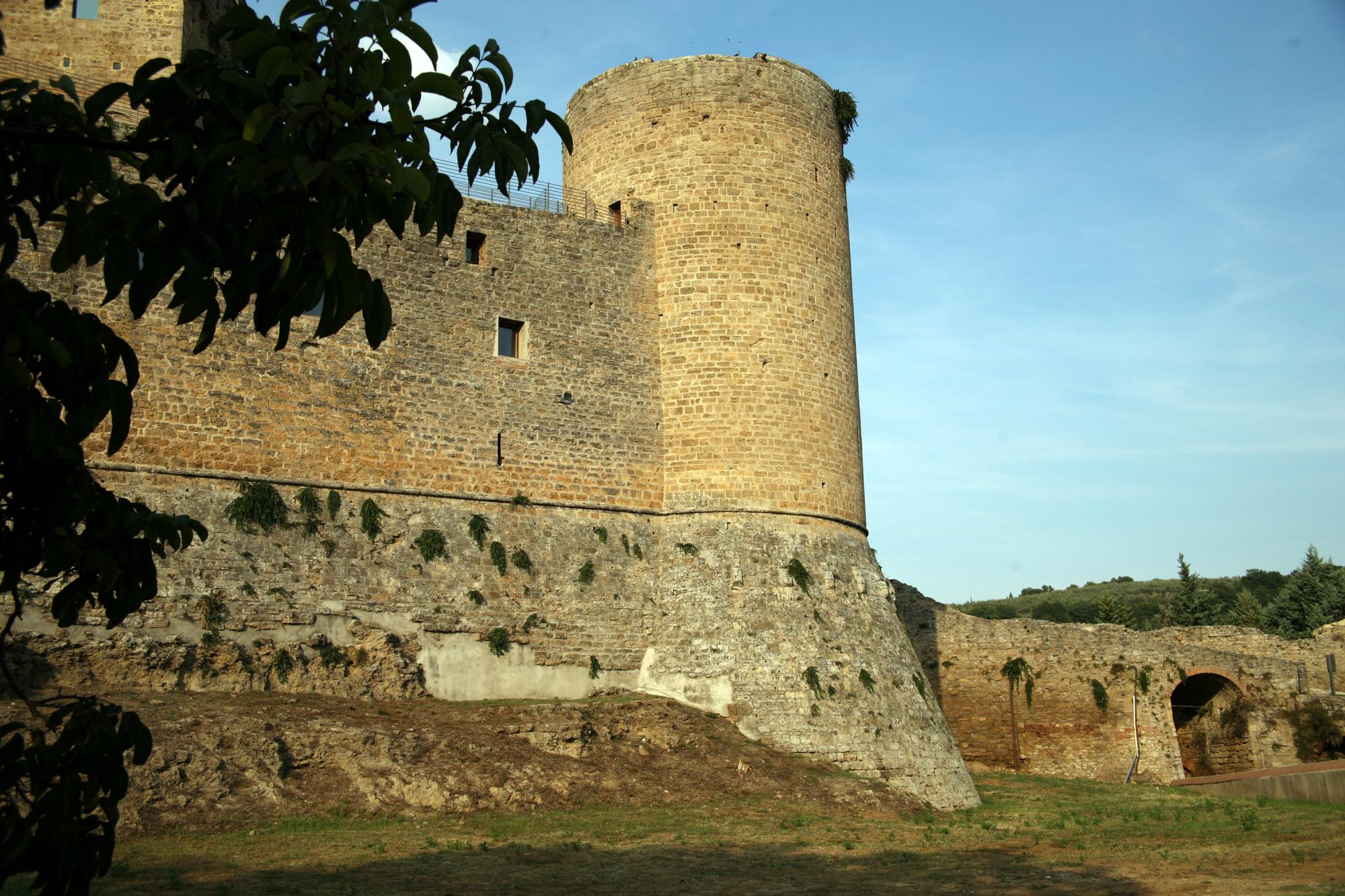
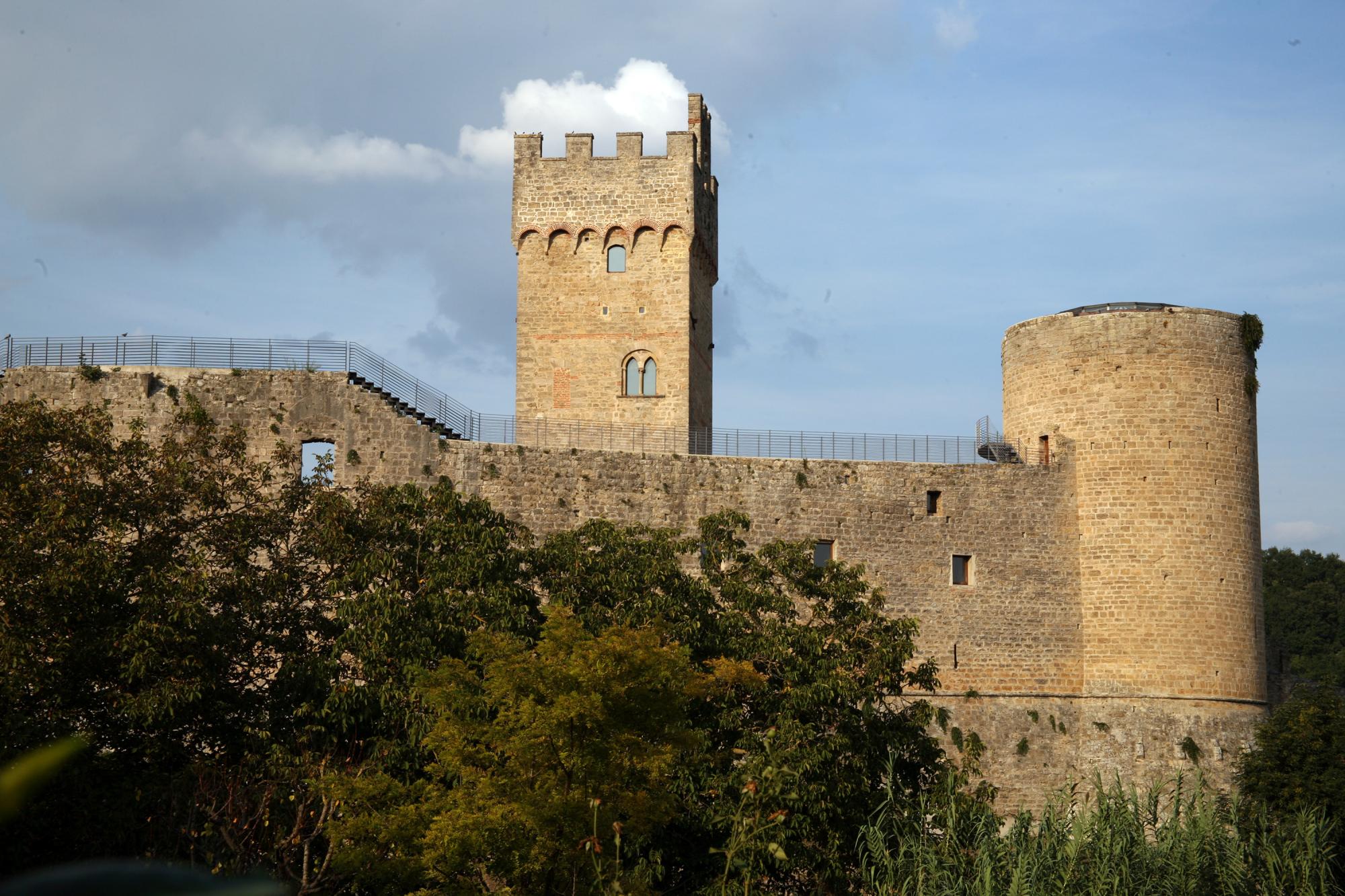
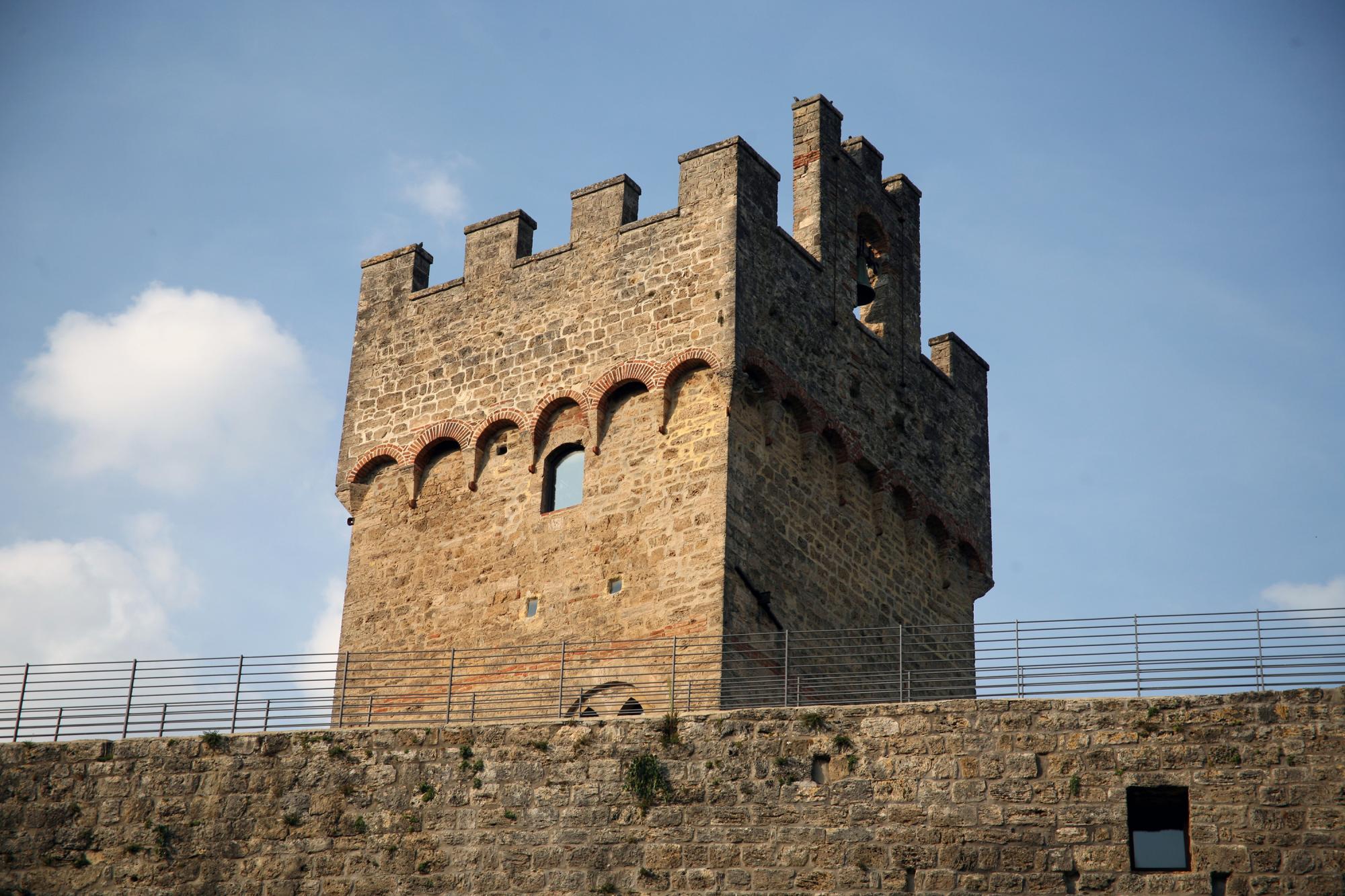
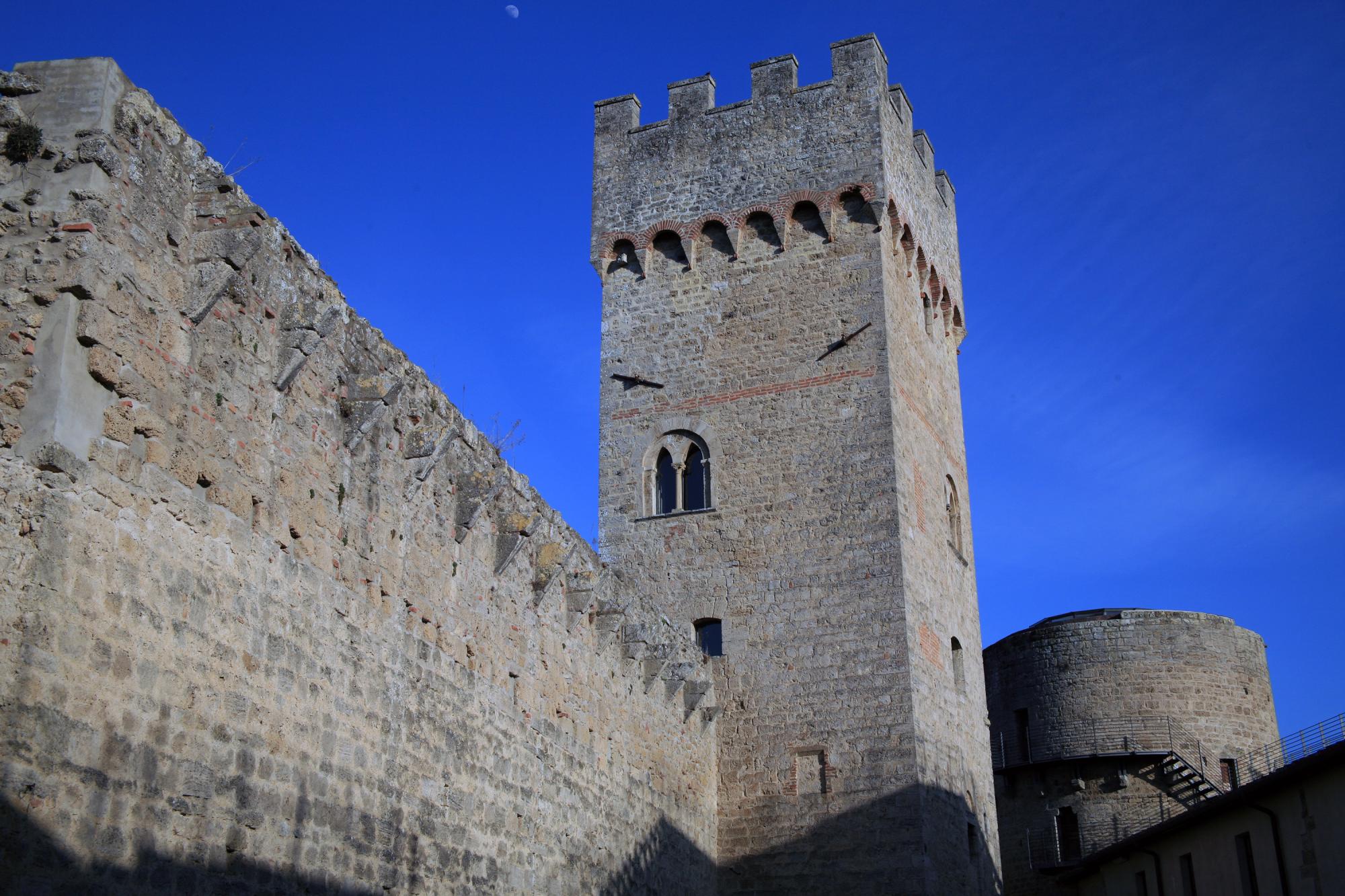

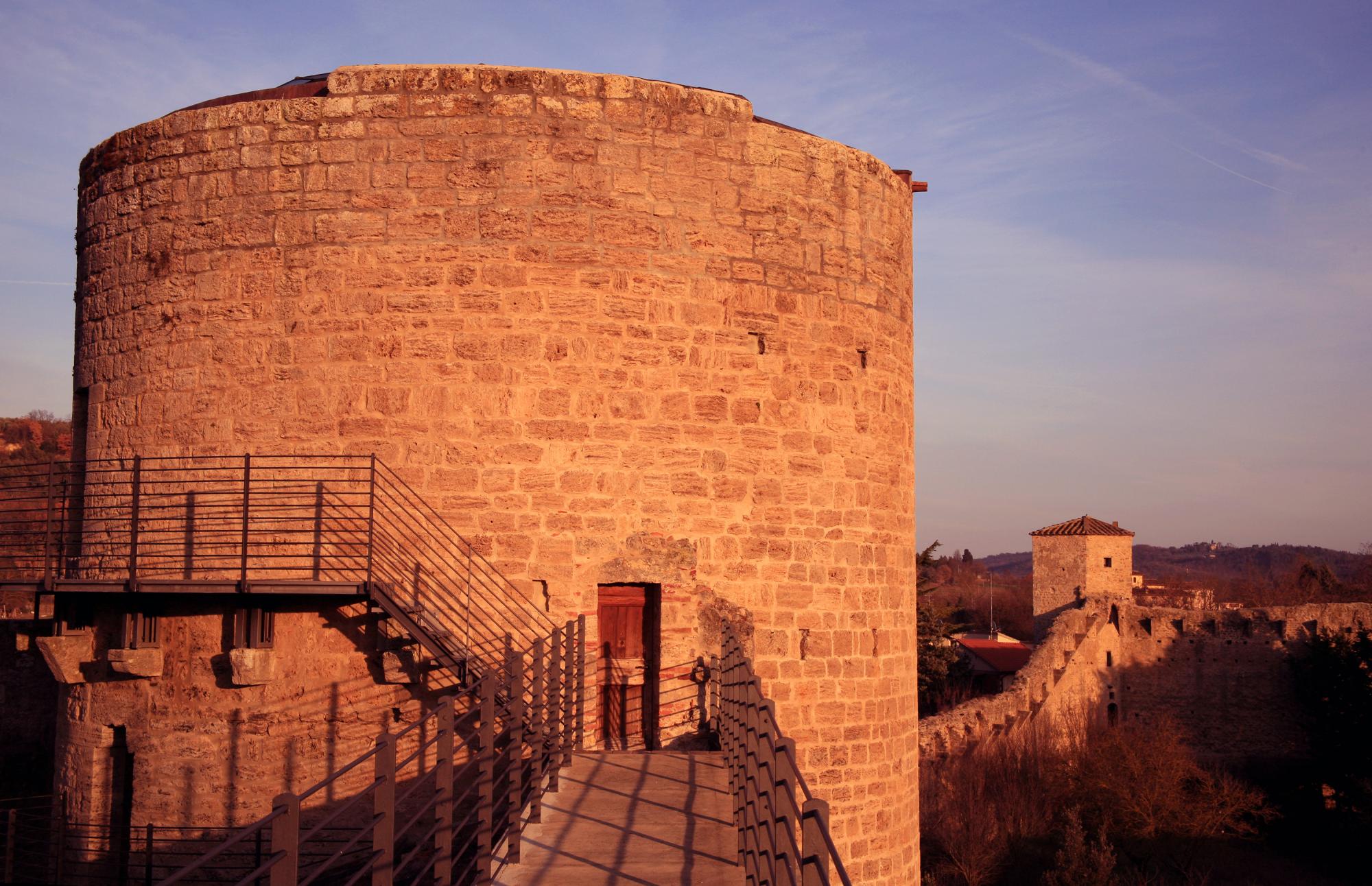
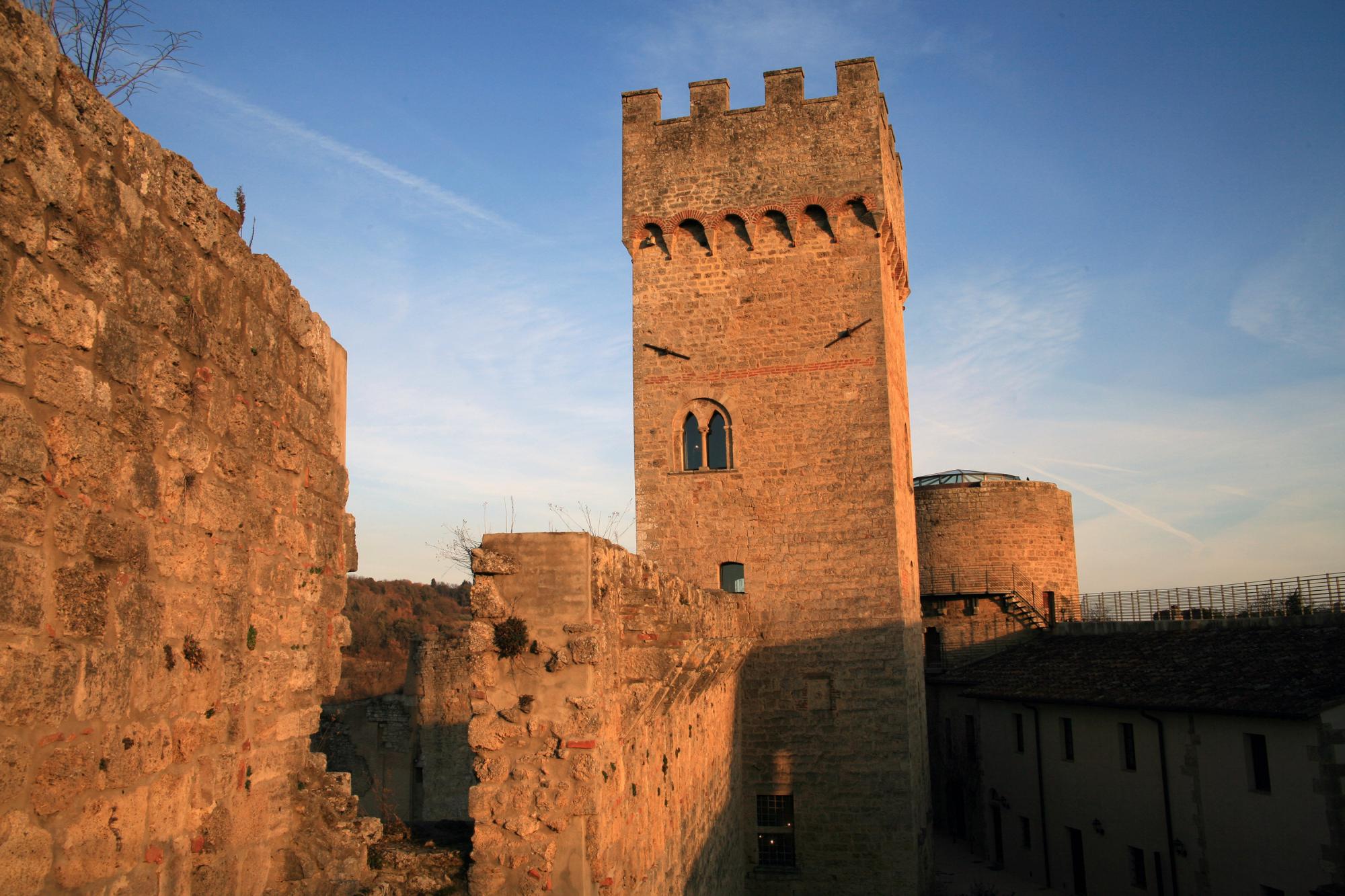

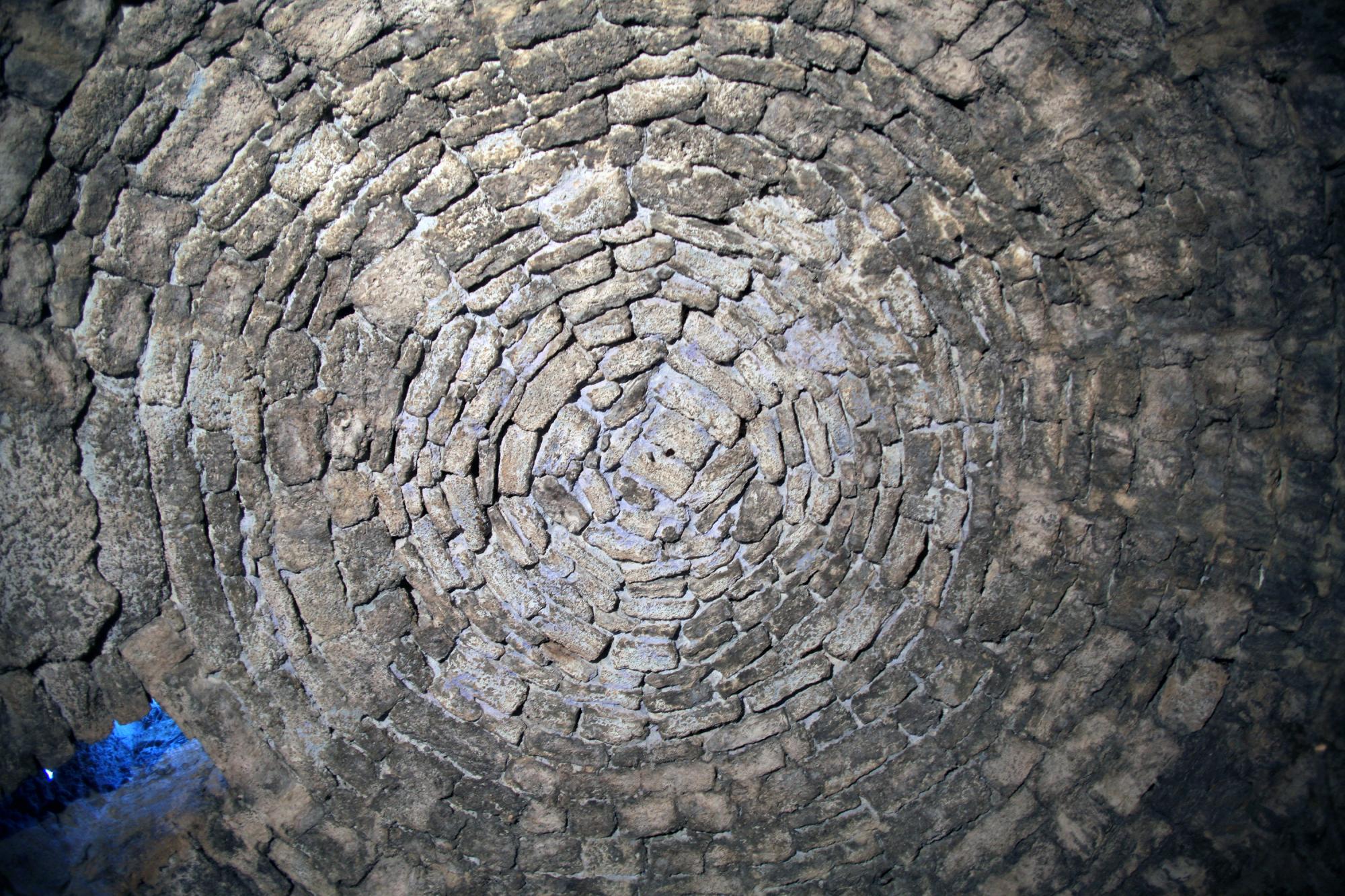
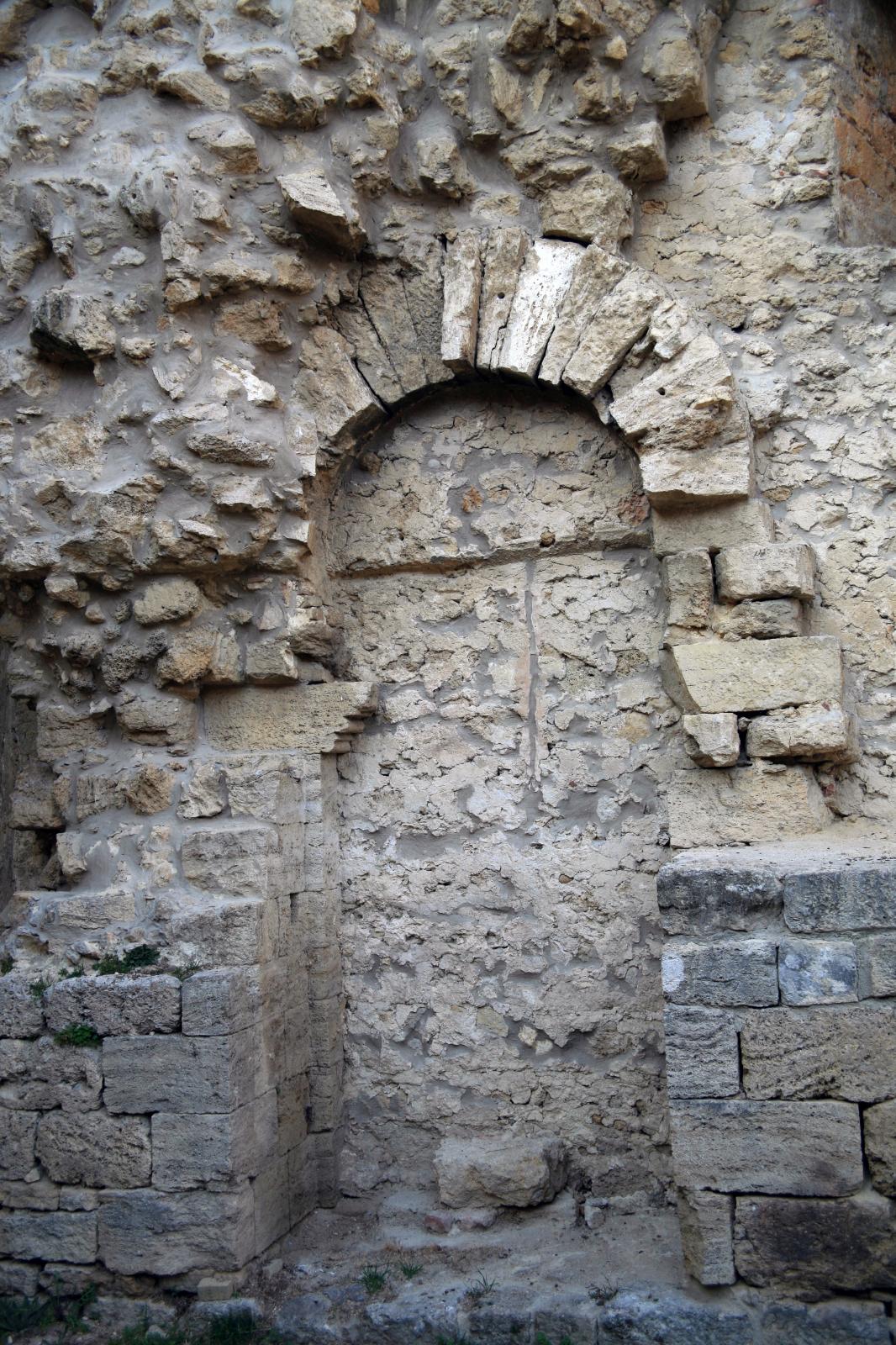
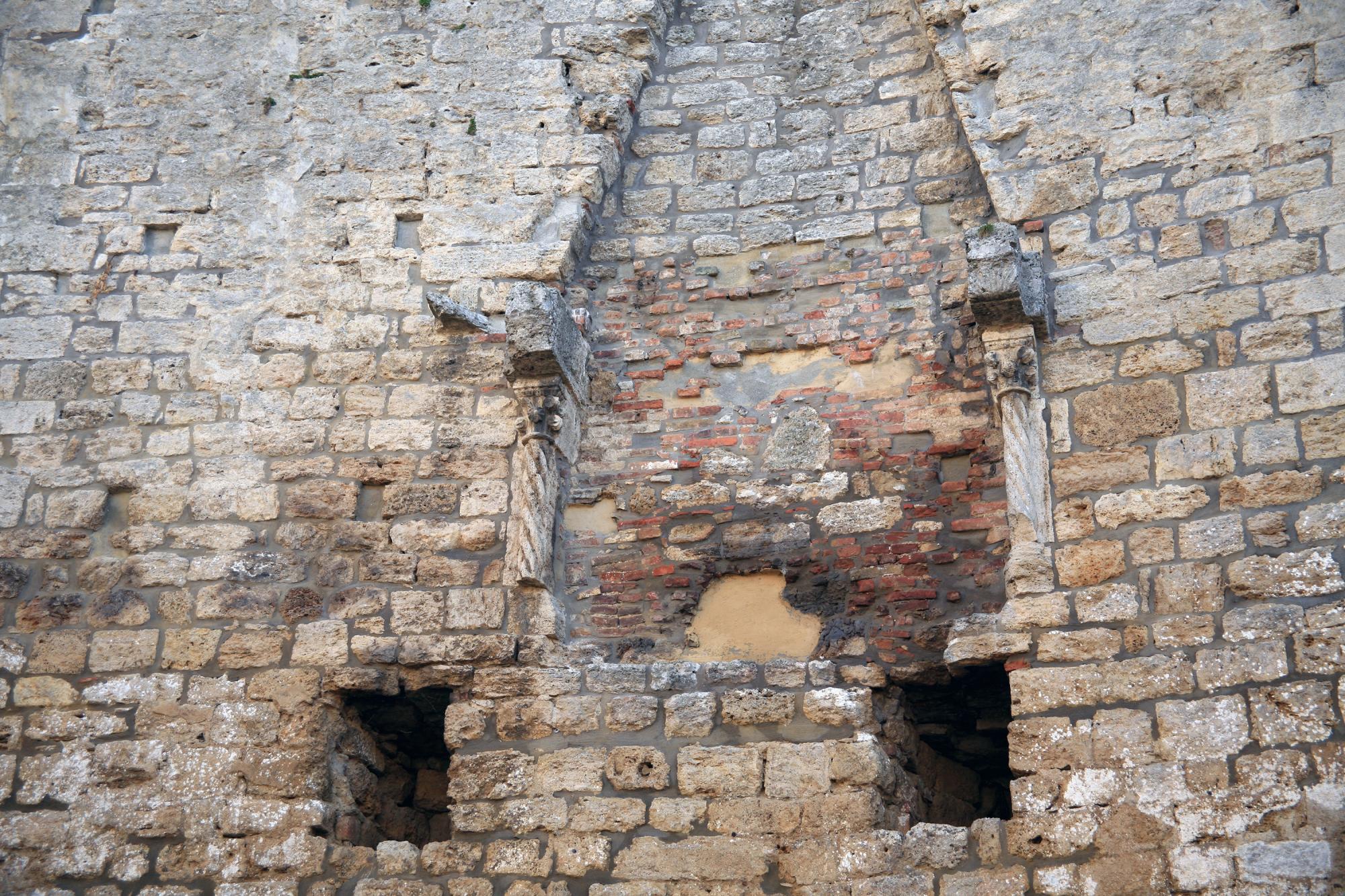
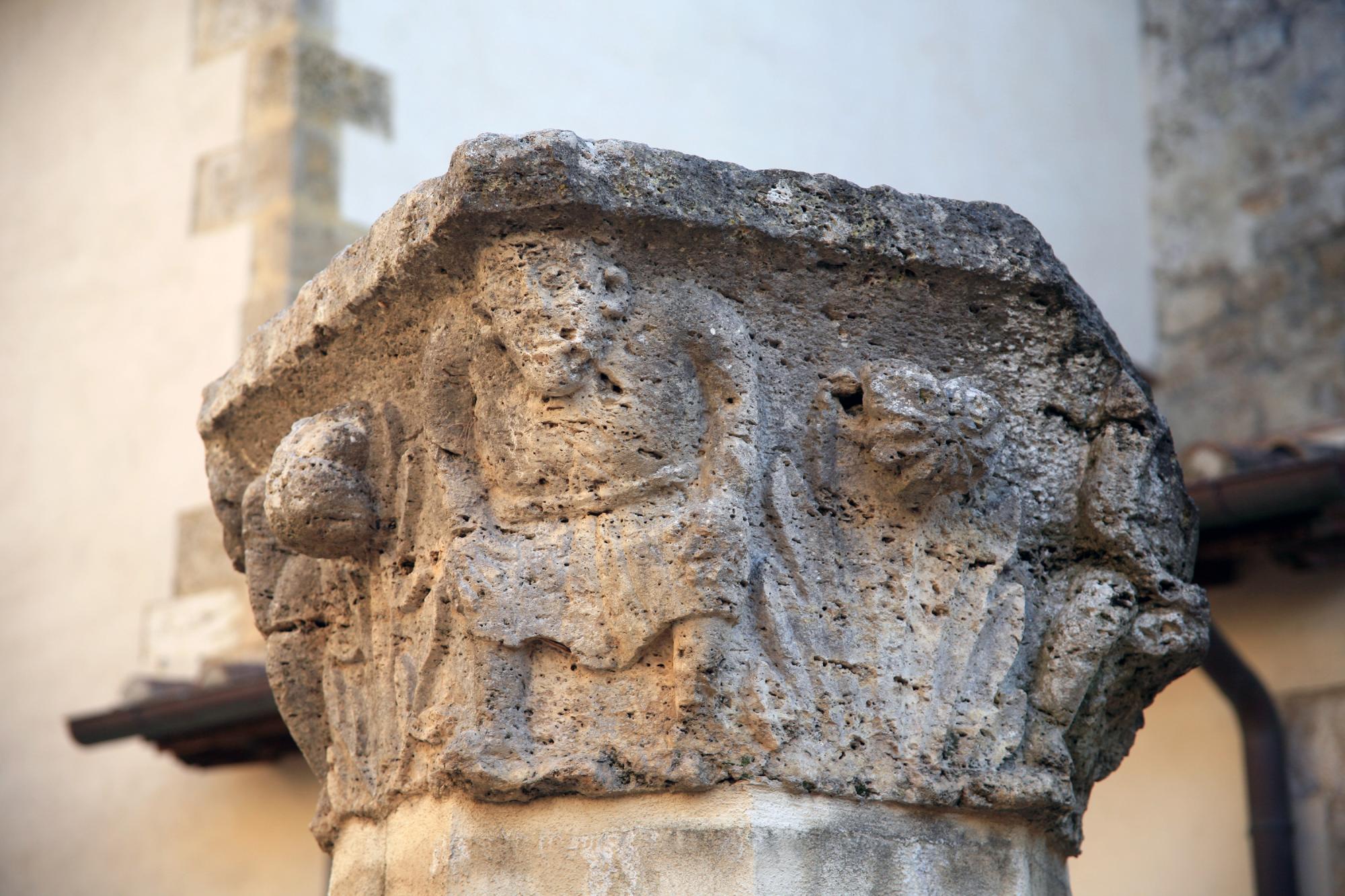



















How to reach
The walled town of Staggia, with its medieval castle, is in the commune of Poggibonsi, province of Siena. It's easily reachable from the exit 'Colle Valdelsa Sud' of the speedway Florence-Siena.
History
We have notice of Staggia and its fortifications since between the 10th and 11th century. Subsequently the Lords of Staggia (the Soarzi family) became one of the greatest feudal realities of the Valdelsa. The Soarzi were many times involved in the struggles between Florence and Siena being their castle in the middle of the territories of the two powerful cities. This family knew glories and shines during the 12th century but, while the hamlet begin to grow around the castle, their importance decrease during the following century. From the 13th century Staggia was quickly developed, thanks to its proximity with the Francigena road, that crossed Staggia with one of its branches. At the end of this century the Franzesi, family of the upper Arno valley [Valdarno Superiore] got rich with the commerce in France, bought, magnified and adorned the castle transforming it in a strongly strengthened residence, one of the most powerful of the time. In 1361 the commercial activities of the Franzesi failed and the fortress was acquired by the Florentine Republic, so it became an important outpost against Siena. Staggia was involved in the wars of border and in 1372 were carried on new works of strengthening of the castle and the town walls. The walled circuit was again reinforced in 1431 and the castle, to which is still today chained, became the core of this great fortified complex. This interventions were effected with the consultation of the great architect Brunelleschi.
The walls of Staggia join the castle on the northern side and are today almost intact, with the exception of two short interruptions. They are alternated from square or polygonal towers, traces of the watch walk are still visible, particularly the stone brackets of support. The enclosure was gifted of three gates. The Florentine gate (said also of Northwest) and that of Northeast, both next to the castle, are still intact, while the Senese gate sets to South is disappeared, destroyed to permit the widening of the roadway!
The ancient castle has an irregular shape near to the form of a rectangle, and it rises above a relief. The construction is not orientated in reference to the road layout of the walled suburb. The castle is divided in two enclosures by a curtain at the center the inner ward. This wall is the only trace of the first fortification erected by the Soarzi at the end of 1100. This division, although very diffused in the fortifications of other parts of Italy, it's rare to be found in the Tuscan castles. The enclosure toward the suburb, endowed with two mighty cylindrical bastionated towers set to each angle, had the function of residence of the constable. This part, whose reinforcements goes back certainly to the strengthening of the 15th century, was erected by the Franzesi at the beginnings of 14th century.
We can still notice some particulars that denote the refinement of the construction as a coat of arms on the tower to north, some portals, elegantly worked windows and a big fireplace set to the inside wall of the palace. The other, greater, enclosure served for secondary purposes, for instance as last shelter for the population in case of yielding of the wall curtain, and it was endowed with square towers similar to those of the city walls, of which only one has remained today partially intact. The principal, and unique gate, of the fortification is set in this part of the castle; through another gate posted in the division wall was possible to access the greater courtyard. The way of access toward the main entrance is unique in its kind, at least in Tuscany: it is reachable following a perpendicularly ramp that cross the gate of Northeast. So were created two road levels that made independent the traffic from and toward the city from the one of the castle. This urbanistic solution was for that time great and still actual today!
On 10th June 2007 the restored castle was reopened to the public.
More info & notes
The Rocca di Staggia is open every day: 10am-5pm (November-March), 10am-7pm (April-October). Access to the Rocca is only possible with a guided tour and Reservation is strongly recommended (+39 331 3317559).